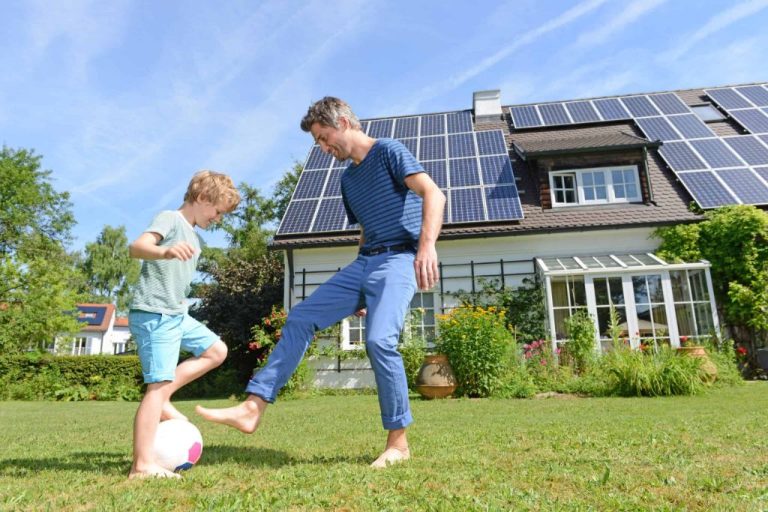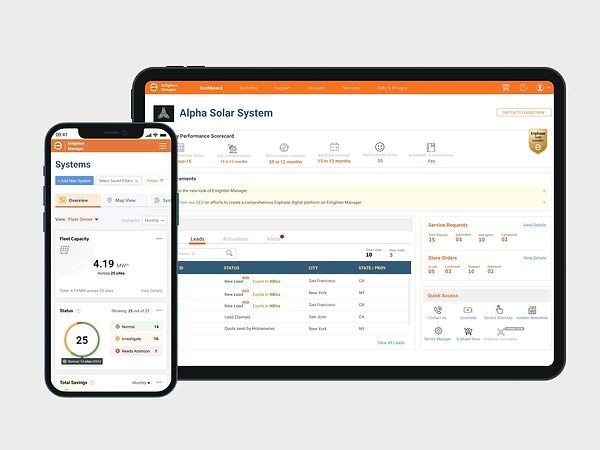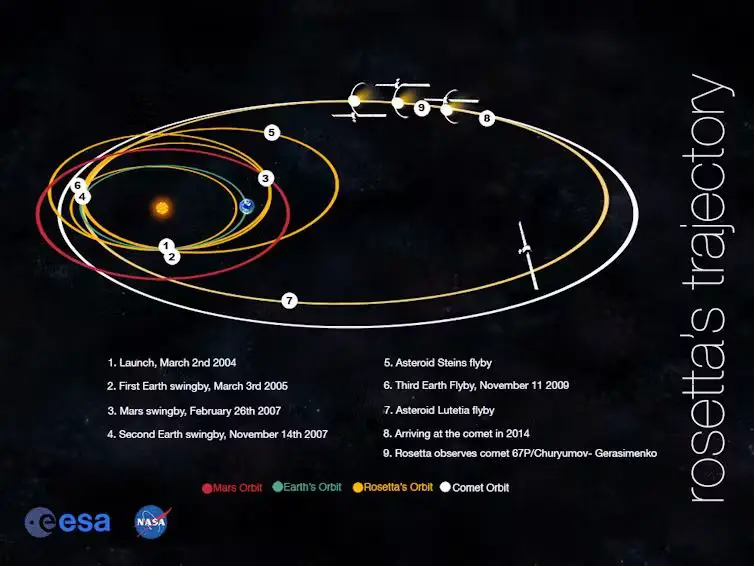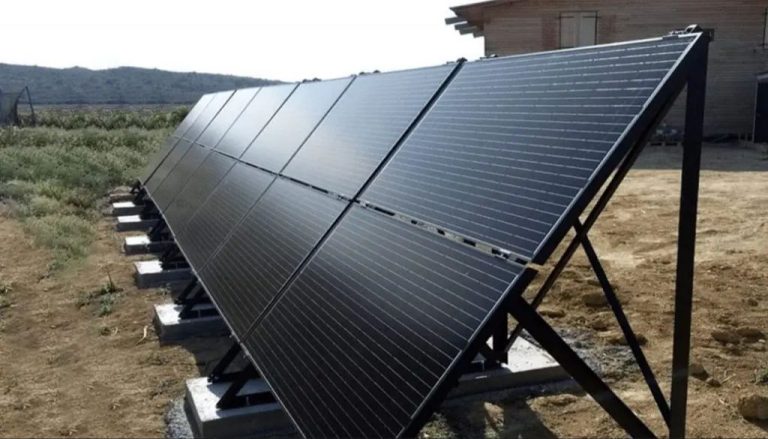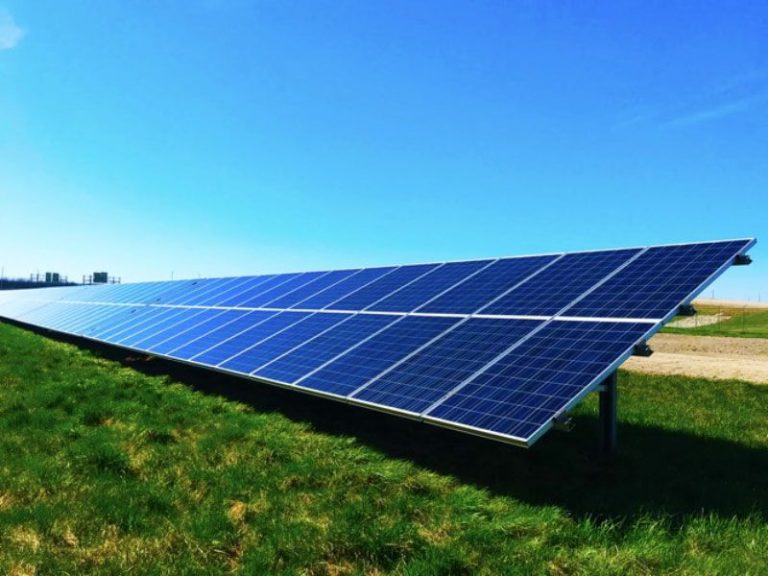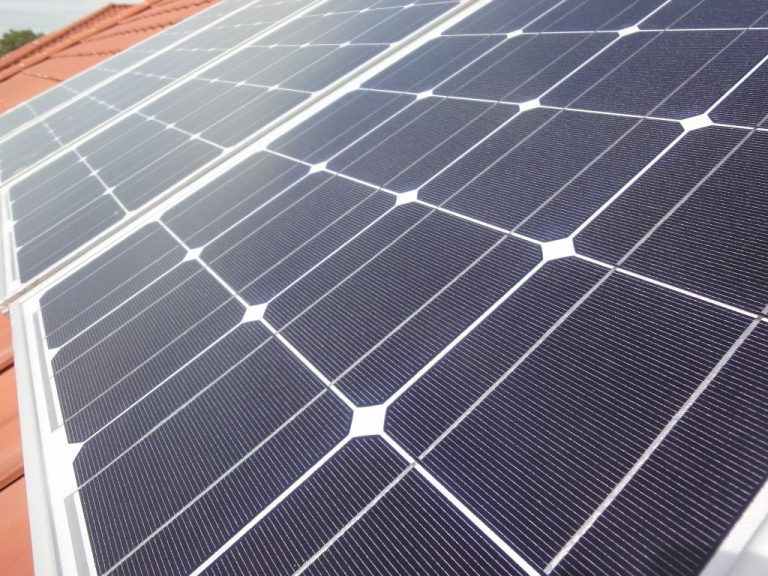Is Solar Thermal Power Efficient?
Solar thermal power generates electricity by converting the heat from sunlight into mechanical power that drives an electrical generator. Often referred to as concentrating solar power (CSP), these systems concentrate sunlight using mirrors or lenses to heat a fluid that produces steam to spin a turbine.
The efficiency of solar thermal power is an important consideration for determining its viability as a renewable energy source. More efficient systems can generate more electricity for the same amount of sunlight and area of collectors. Higher efficiency leads to lower costs and greater energy production over the lifetime of a system.
This article will examine how solar thermal power works, the key factors that impact its efficiency, current solar thermal efficiencies, and how efficiency compares to other renewable energy sources. It will also discuss challenges to improving efficiency further and the potential cost effectiveness and environmental benefits of solar thermal power.
How Solar Thermal Power Works
Solar thermal power plants convert sunlight into electricity by using mirrors or lenses to concentrate sunlight to heat a transfer fluid. This heated fluid is then used to boil water, creating steam to spin a turbine that generates electricity.
There are two main types of solar thermal power plants:
Parabolic Trough Systems: Long parabolic mirrors focus sunlight onto a receiver tube running along its focal point. A transfer fluid inside the tube, usually a synthetic oil, gets heated to 150–400°C as it flows through the tube. The hot fluid is then used to boil water in a heat exchanger to produce steam for electricity generation.
Power Tower Systems: An array of flat mirrors (heliostats) focus sunlight onto a central receiver tower. The concentrated sunlight heats molten salt flowing through the receiver to over 500°C. This molten salt can then be used to produce steam or be stored and used to generate electricity on demand.
The key advantage of solar thermal technology is the ability to include thermal energy storage, allowing electricity production even when the sun isn’t shining. The high heat of the transfer fluids also enables high efficiency electricity generation.
Solar Thermal Efficiency Factors
Solar thermal power plants convert sunlight into heat to generate electricity. However, many factors impact the efficiency of this process. The main factors that determine the efficiency of solar thermal plants include:
Technology
The solar collection technology used has a major influence on efficiency. Parabolic trough systems that focus sunlight on a central tube tend to have lower efficiencies of around 15-25%. Power tower systems that use a central tower and surrounding reflectors can achieve higher efficiencies of 20-35%. Newer technologies like linear Fresnel reflectors are reaching even higher thermal efficiencies.
Location
The geographic location of the solar thermal plant plays a big role. Areas that receive more annual sunlight and have clearer skies allow for greater efficiency. For example, a plant based in the sunny desert of the Southwest United States will be far more efficient than one in a cloudier northern climate.
Thermal Storage
The use of thermal energy storage allows solar thermal plants to store heat for use when the sun isn’t shining. This improves overall capacity factors and efficiencies. Plants with more thermal storage capability optimized to the local climate can achieve higher operating efficiencies.
By improving these various factors, modern solar thermal technologies are becoming increasingly more efficient at turning sunlight into usable energy. Location and climate continue to play a key role, but improved technologies and storage are allowing solar thermal efficiencies to rise.
Current Solar Thermal Efficiencies
The efficiency of solar thermal power plants varies significantly depending on the technology used. Parabolic trough plants, which use curved mirrors to focus sunlight on a receiver tube, typically have efficiencies between 15-25%. Solar power towers, which use many mirrors to reflect sunlight to a central receiver on a tower, can reach efficiencies of 20-30%. Linearly focused Fresnel reflector systems that concentrate sunlight on a fixed absorber are generally less efficient, with efficiencies of 10-20%.
One of the most efficient solar thermal technologies is dish Stirling systems, which use a parabolic dish reflector to concentrate sunlight on a Stirling engine. These systems can achieve efficiencies over 30%. However, dish Stirling plants are currently more experimental and have not yet seen large-scale commercial deployment like parabolic trough and solar tower technologies.
Overall, most commercial solar thermal plants today operate in the 15-25% efficiency range. There is active research to improve efficiency through newer technologies like improved heat transfer fluids, selective solar absorber coatings, and alternative system architectures.
Efficiency vs. Other Renewables
When comparing solar thermal efficiency to other renewable energy sources, it is important to consider the differences in how each technology converts energy. Solar photovoltaic (PV) panels convert sunlight directly into electricity with efficiencies typically between 15-22%. Wind turbines harness the kinetic energy of wind to generate electricity, with capacity factors around 25-45%.
In contrast, solar thermal power converts sunlight into heat to drive a steam turbine and generate electricity. The efficiency of solar thermal plants ranges from about 15% for simple designs up to 35% for cutting-edge concentrated solar power towers. So solar thermal efficiency can be comparable to solar PV but lower than the best wind sites.
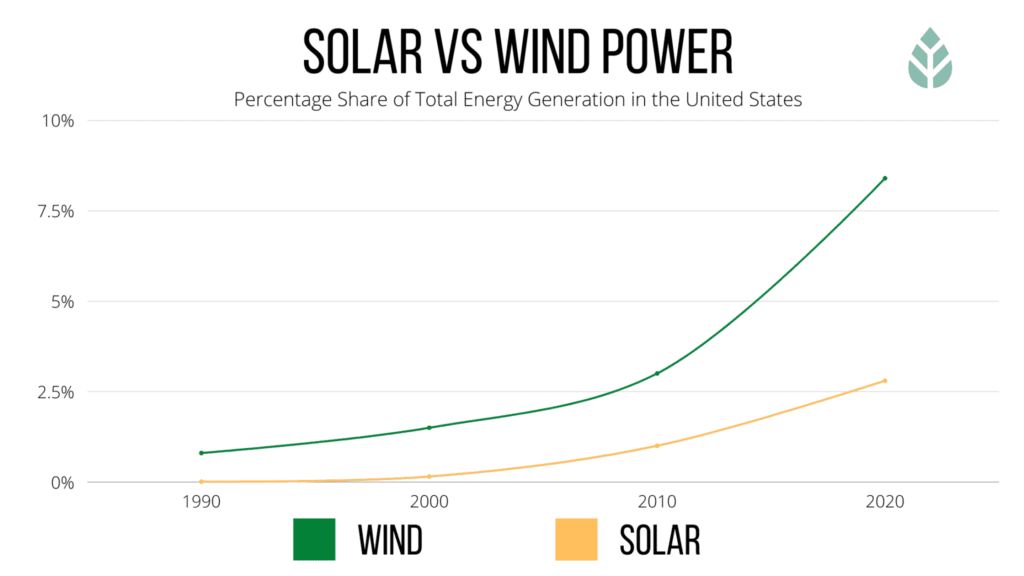
However, solar thermal has some advantages that enable it to complement other renewables. The ability to store heat allows solar thermal plants to dispatch power when needed, unlike intermittent PV and wind. Solar thermal plants can also readily be hybridized to run on natural gas during periods without sufficient sunlight. So while solar thermal may have lower efficiency, its dispatchability and hybrid potential help balance a diverse renewable energy portfolio.
Challenges to Efficiency
While solar thermal power offers many benefits, there are some challenges that can limit efficiency:
Intermittent Sunlight: Solar thermal plants rely on direct sunlight to heat the working fluid. Cloudy days and nighttime reduce the amount of available sunlight, limiting consistent power generation. Thermal energy storage systems help mitigate this, but add extra costs.
Water Use: Many solar thermal plants use water as the working fluid to produce steam. This can put strain on water resources in arid regions. Dry cooling systems reduce water use, but lower efficiency.
Land Use: Solar thermal plants require large areas of land, as concentrating mirrors/lenses are spread over a wide area. This can compete with agricultural land use. Though the land can sometimes be used for grazing or other purposes.
Researchers are exploring ways to improve efficiency while addressing these challenges, such as developing new storage mediums and optimizing solar collection. But in the near-term, intermittent sunlight, water use, and land use impose practical limits on solar thermal efficiency levels.
Improving Efficiency
As solar thermal technology continues to advance, researchers are focused on improving efficiency through both incremental enhancements and innovative new approaches.
One area of focus is on the solar collectors themselves. New coatings and materials are being developed that can absorb more of the sun’s energy while reducing radiative heat losses. For example, a multi-layered coating made from ceramics and metals has shown the ability to retain heat better than conventional coatings.
The heat transfer fluid used in solar thermal plants is also being optimized. Research into nanofluid technology has produced fluids that conduct heat more efficiently, enabling more energy to be extracted from the same amount of sunlight.
There are also major efforts underway to integrate thermal energy storage into solar thermal plants. Storing heat from the sun allows generation to continue even when the sun isn’t shining. This improves overall capacity and dispatchability. Storage systems using molten salts, concrete, and other phase change materials are being refined.
Advanced control systems that optimize solar collection throughout the day are also starting to be utilized. These systems use sensors and algorithms to get the highest thermal yields by tracking the sun and intelligently managing plant components.
Hybrid solar thermal/PV plants that utilize both heat and electricity from the sun are also gaining traction. Combining these technologies can potentially achieve very high aggregate efficiencies.
With solar thermal representing only a tiny fraction of energy generation today, there is still enormous room for innovation and performance improvements as research and deployment continues to accelerate.
Cost Effectiveness
When analyzing the cost effectiveness of solar thermal power, one of the most important metrics is the levelized cost of electricity (LCOE) per kilowatt hour (kWh). This calculates the overall cost of building and operating a solar thermal power plant over its lifetime, divided by the total energy output over that lifetime. According to recent LCOE projections, solar thermal power ranges from around $0.12 to $0.27 per kWh.
This is fairly competitive with the LCOE of other renewable energy technologies like wind power ($0.04-$0.07 per kWh) and utility-scale solar PV ($0.04-$0.08 per kWh). However, it remains more expensive than natural gas ($0.03-$0.05 per kWh) and coal ($0.06-$0.15 per kWh). The large range in solar thermal costs depends on the scale of the project, configuration, and solar resources available at the site.
To improve the cost effectiveness of solar thermal power, researchers are focused on increasing efficiency as well as developing new configurations and thermal storage capabilities to generate power when the sun isn’t shining. Government incentives can also help make the economics of solar thermal more attractive. Overall, solar thermal shows promise for cost effective renewable energy, but still has progress to make in lowering LCOE to better compete in the market.
Environmental Impact
Solar thermal power has a very low carbon footprint and minimal environmental impact compared to fossil fuel power generation. Since solar thermal plants use the sun’s heat and not combustion, they emit zero greenhouse gases and air pollutants. The life cycle emissions from manufacturing, construction, and decommissioning of a solar thermal plant are estimated to be 13-27 g CO2/kWh, which is over 90% less than a natural gas power plant. Solar thermal plants require a modest amount of land, but have little impact on wildlife or habitat since they don’t use toxic materials. Water usage can be an issue in arid regions and dry cooling systems are an option to reduce water consumption. Overall, solar thermal is one of the cleanest energy sources available today with emissions comparable to wind and solar PV.
In addition to climate change mitigation, solar thermal power provides energy security by using an infinite domestic fuel source and reduces air pollution that harms public health. Widespread adoption of solar thermal could significantly help nations meet their emissions reductions targets under the Paris Climate Agreement. With global energy demand rising, solar thermal presents a sustainable path forward to supply the world’s energy needs.
Conclusion
In conclusion, solar thermal power can be considered an efficient form of renewable energy in certain contexts, but it also has limitations. The efficiency of a solar thermal plant depends on factors like the solar resource and climate conditions, the type of technology used, and the scale of the plant. At the best locations, modern solar thermal plants can achieve efficiencies of around 20%. While lower than the theoretical maximum efficiency for solar panels, in real-world operating conditions, these plants remain competitive with other renewables. However, further technological improvements will be required for solar thermal to reach its full potential.
Overall, solar thermal shows promise as an emissions-free power source and is already cost-competitive in areas with high direct solar radiation. But intermittency and storage remain challenges. For solar thermal to become a major contributor to the global energy mix, continued research and development focused on increasing efficiency, lowering costs, and enabling dispatchable power production will be key.

